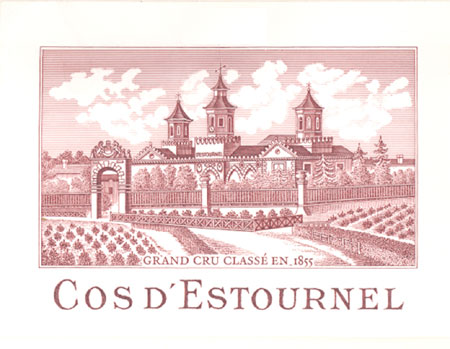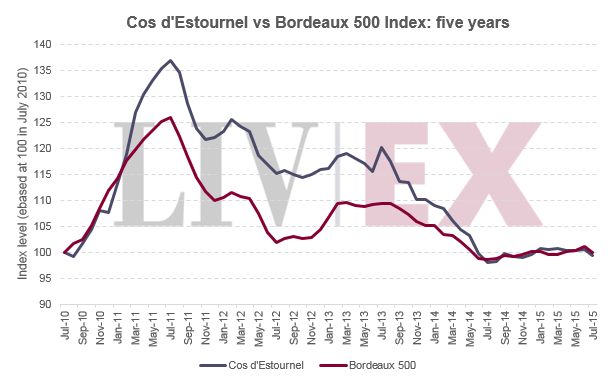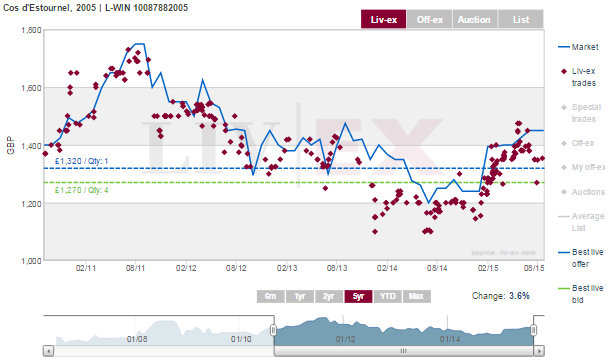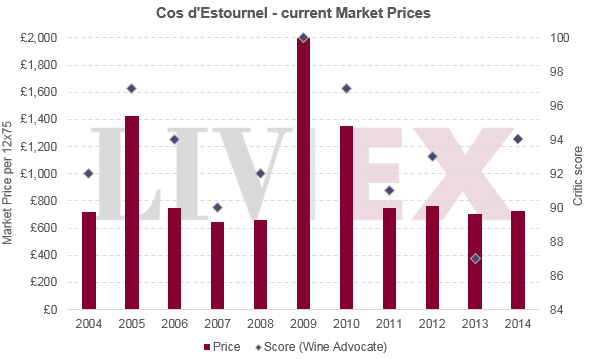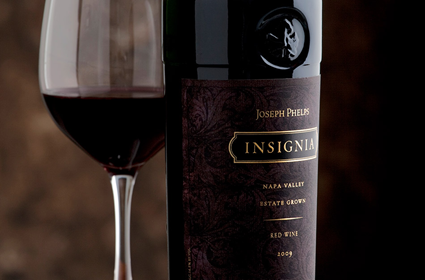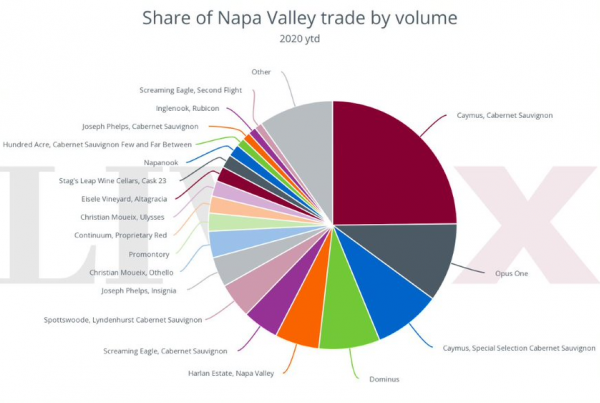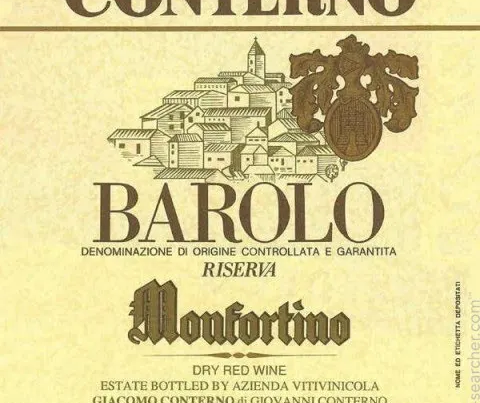Owner: Michel Reybier
Classification: Second Growth
Vineyard area: 91 hectares
Colour: Red
Standard blend: 60% Cabernet Sauvignon, 38% Merlot and 2% Cabernet Franc
Other wines: Pagodes de Cos, Cos d’Estournel Blanc
History
Cos d’Estournel is a prestigious Bordeaux wine estate and the tour de force of Louis Gaspard d’Estournel – the “Maharajah of Saint-Estephe”. The estate was given its current name (translated the “stony slope of Estournel”) in 1810 after Louis added vineyards and land to the property he had inherited from his father in St Estephe. After much time and travail, Cos d’Estournel gained a reputation for quality and the wines were shipped to Eastern Europe and, more famously, India, often ending their journeys on the tables of kings, queens and powerful dignitaries. Renowned for his love of the Orient and India, Louis built the eccentric pagoda-styled chateau that exists today, where he is said to have held many exotic soirées. But in 1852, despite his many successes, Louis was forced to sell the estate in order to pay back his debtors. He died the following year, two years before Cos d’Estournel was officially recognised as a Second Growth.
After Louis’ death the estate changed hands several times before passing to the Prats family in the 20th century. The Prats were responsible for some of the chateau’s major modernisations and improvements, and they ran the estate for several decades until it was sold to the Merlaut family in 1998. Just two years later the estate was sold again to French industrialist Michel Reybier, though Jean-Guillaume Prats retained his position as General Director. Under the direction of Jean-Guillame and Michel Reybier, Cos d’Estournel produced a series of enviable vintages in recent years, many of which have significantly outperformed the chateau’s Second Growth peers. In January 2013, Jean-Guillame left the estate and was replaced with Aymeric de Gironde who has previously worked with Bordeaux estates including Pichon Baron and Suduiraut.
Market Trends
Cos d’Estournel outperformed other Chateau in the Bordeaux 500 Index during the bull market that peaked in July 2011: the Cos d’Estournel index (representing the ten most recent physical vintages) gained 37% between July 2010 and July 2011 compared to the Bordeaux 500’s gain of 26%. However, by July 2014 it had fallen back into line with its parent index and has closely traced it since: Cos d’Estournel has gained 1.4% since July 2014, while the Bordeaux 500 has gained 1.5%.
Not all Cos vintages have performed equally in the past year. The biggest climber has been the 2005 vintage, which began to edge up at the beginning of 2015 and was among the top ten risers in the build up to Robert Parker’s ten-year retrospective of Bordeaux 2005. At the beginning of the year, it traded for £1,155 per 12×75. At the end of May it reached its 2015 peak when it traded for £1,475: an increase of 28%. It began to drift before Parker’s report was released, but has dipped further since it was revealed that the wine had been downgraded from 98 to 97 points. It last traded for £1,354.
All but one of Cos d’Estournel’s recent vintages have scores of 90 or above from the Wine Advocate: only the 2013, with a barrel range of 86-88, dips below this. As the chart below shows, prices for wines other than the three great vintages – 2005, 2009 and 2010 – are quite consistent, with a range of £646 to £764 per 12×75. With a score of 94, a market price of £750 and several years in bottle, the 2006 looks to offer relative value.

